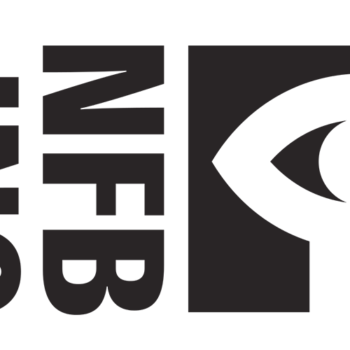Teaching about gender diversity with My Prairie Home
This is a guest post written by Shantel Ivits. Shantel Ivits teaches kindergarten to Grade 12 in British Columbia’s New Westminster School District, as well as Adult Basic Education at Vancouver Community College. They also co-organize a volunteer-run low-barrier health and wellness centre by and for trans* and gender diverse people, called the Catherine White Holman Wellness Centre.
As a transgender substitute teacher, the first question students invariably ask me when I step into their class is, “Are you a boy or a girl?” The answer is: I’m both.
I’m never surprised by this either/or question. The idea that a person could be both is, by and large, absent from the K–12 curriculum. Furthermore, gender non-conformity is all too often stigmatized in elementary playgrounds and high school hallways. A nationwide survey by Egale Canada found that 74 percent of trans* students reported having been verbally harassed at school, while over one-third reported having been physically harassed or assaulted at school because of their gender expression.[1] I know from lived experience that it’s difficult to imagine a positive future for yourself when the existence of people like you is systemically erased or stigmatized. So it’s hard not to draw a connection between this and the findings of a Trans PULSE study that 47 percent of trans* youth (ages 16–24) in Ontario reported having seriously considered suicide in 2010, with about one in five acting on these suicidal thoughts.[2]
Rae Spoon, a trans musician from Alberta, sings and writes about their experiences living in the precarious but liberating space between genders. These stories are the subject of a brilliant new NFB documentary called My Prairie Home, which is being screened in schools across the country. In addition to its musical and cinematic merits, My Prairie Home represents a prime opportunity to make trans* issues visible in the curriculum and confront the stigma associated with gender diversity.
I was excited to be able to contribute to the educator’s guide that accompanies this film. The guide (PDF – 7.22 MB) includes reflective exercises that teachers can use to acknowledge and critically examine their taken-for-granted assumptions about how many genders there are, who decides a person’s gender, and whether there are right and wrong ways of enacting gender. This guide also demystifies key concepts related to gender diversity. For example, what’s the difference between sex and gender? Why isn’t being trans* considered a sexual orientation? And what does that asterisk (*) mean? Being fluent in these gender fundamentals empowers educators to create safer and more welcoming learning environments for students of all gender identities and expressions.
Other NFB Resources
Flawed
Flawed is less about whether girl can get along with boy than whether girl can accept herself, imperfections and all.
(Subjects: Image of women, interpersonal relationships)
Educator’s Guide for Grades 7–12 (PDF – 3.56 MB)
One of Them
This short fictional film features high school seniors discovering and battling against homophobic discrimination and stereotypes. (Subjects: Discrimination and stereotyping, adolescent social behaviour)
Educator’s Guide – Ages 13 and up (PDF – 1.17 MB)
Sexy Inc. Our Children Under Influence
(Viewer discretion is advised) Sophie Bissonnette’s documentary analyzes the hypersexualization of our environment and its noxious effects on young people. (This film deals with mature subject matter and is intended for adult viewing.)
Educator’s Guide (PDF – 8.67 MB)
Sexy inc. (Youth version)
To help you teach these topics in informative and interactive ways, the guide presents several classroom activities inspired by My Prairie Home. For example, there’s a mapping exercise for gauging the safety of your school for trans* and gender non-conforming people, followed by an exploration of what it would mean to be an ally in your school. There’s an arts-based lesson on using visualization to build resiliency in tough times. There is also a variety of media literacy activities for analyzing the striking use of imagery and symbolism in the film in relation to themes such as isolation, transition, and coping through music.
I strongly encourage high school teachers to use My Prairie Home as a springboard to dance in the “in-between spaces” and pry open the possibilities of what it can mean to be human.
Download the study guide (PDF – 7.22 MB).
To access the film, activate your NFB CAMPUS subscription, purchase the film on DVD or download the film on NFB.ca or iTunes.com.
[1] Taylor, C. and Peter, T., with McMinn, T.L., Elliott, T., Beldom, S., Ferry, A., Gross, Z., Paquin, S. and Schachter, K. (2011). Every class in every school: The first national climate survey on homophobia, biphobia, and transphobia in Canadian schools, Final report, Toronto: Egale Canada Human Rights Trust.
[2] Scanlon, K., Travers, R., Coleman, T., Bauer, G. and Boyce, M. (2010). “Ontario Trans Communities and Suicide: Transphobia is bad for our health,” Trans PULSE E-Bulletin, 1(2). http://transpulseproject.ca/wp-content/uploads/2010/11/E2English.pdf.
Note: The article, Teaching about gender diversity with My Prairie Home, first appeared on NFB’s blog on March 25, 2014.



